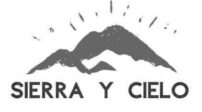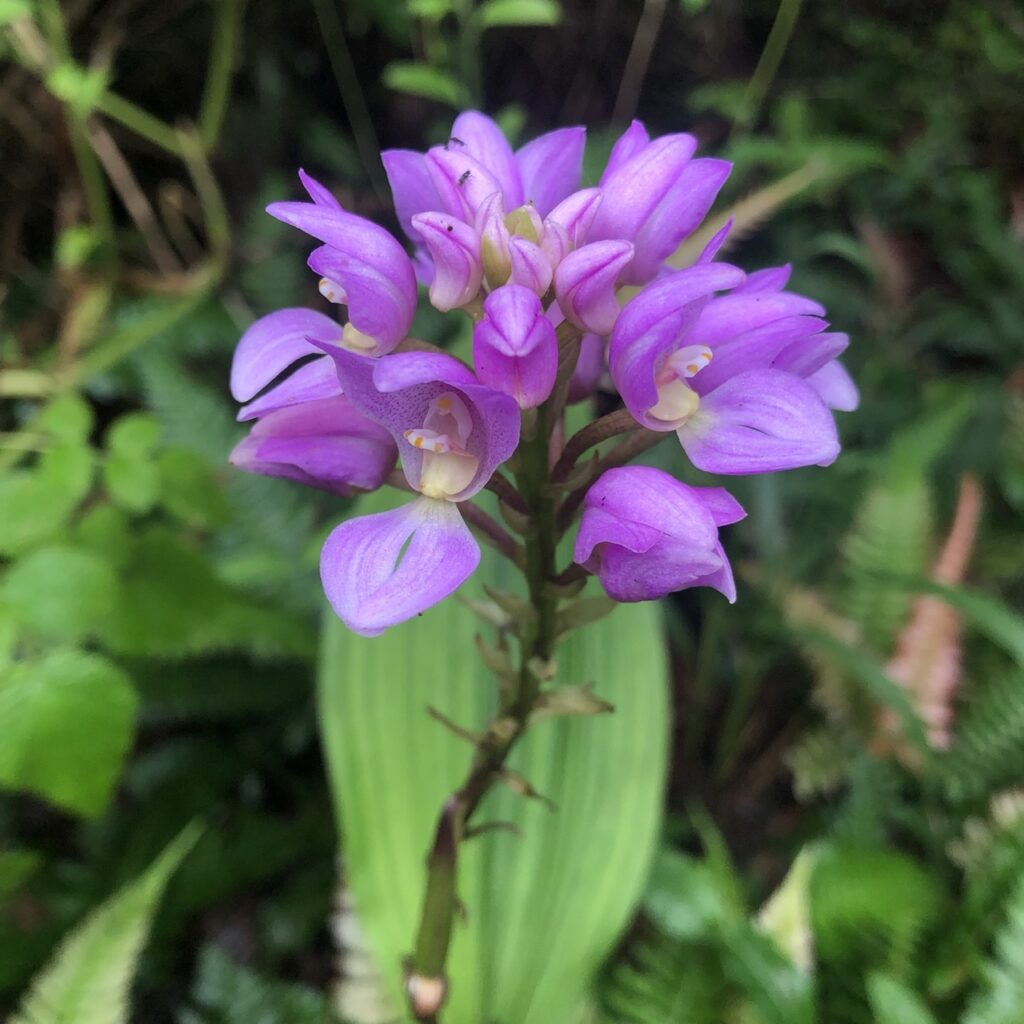Wide-spread deforestation due to industrial agriculture, exploitation of natural resources, and urban sprawl threatens the survival of native plants in many parts of the world. On a smaller scale, gardeners, landscapers, and lawn-enthusiasts often consider them “weeds” and eliminate them so that food crops or ornamentals can be planted instead. Many people never stop to consider the virtues of these plants before displacing them, but natives are incredibly important.
Native plants are resilient
They have evolved to thrive in their specific environment. As a result, they are hardier than edibles and ornamentals from exotic lands, which are often accustomed to growing in very different climates.
Native plants are low maintenance
Because they are already growing in their optimal conditions, they need less water and fertilizer than imported plants. They are also less susceptible to disease and serious pest issues.
Native plants are an integral part of their local ecosystem
Other plants, insects, birds, and mammals in their region have co-evolved with them. They provide shelter for local fauna, attract pollinators and other beneficial insects, and are an important food source for local or migrating birds and animals.
Native plants encourage biodiversity
A forest or wild field is obviously considerably more diverse than an intensively farmed monoculture. Native flora are essential to the survival of many other species, so getting rid of these plants will affect countless native insects, birds, and mammals too.
Other Benefits of Native Plants
Specific native plants have various other benefits. Some are edible, others medicinal, and many are ornamental too. Many of the plants that are already growing where we are have amazing virtues. Why do we put so much effort into nursing exotic plants marketed to us by seed companies in lieu of cherishing the amazing plants already thriving outside our back door?

Embracing Native Plants
An alarming number of native species are threatened by habitat loss and exploitation. A 2020 study estimated that nearly 40% of plants worldwide are at risk of going extinct (Lughadha et al.). As discouraging as this may be, we can take the initiative to turn things around before it is too late.
A good first step to take is to rewild your yard. The easiest way to do this is to stop mowing your lawn, or most of it anyway, and just let the wild plants pop up. It’s pleasantly surprising how quickly they will return. However, this will not be an option if you live in a city or have a Homeowners’s Association that mandates specific standards of lawn care.
In this case, simply being less diligent about upkeeping the grass can be helpful. Don’t mow as often and don’t spray herbicides on weeds when they pop up. Many useful plants like dandelions, plantain, clover, violet, self-heal, chickweed, wild chamomile, and much more are found growing in lawns. Planting native plants in the landscape as ornamentals can also be a good choice if you live in a neighborhood where non-conventional yards are frowned upon or prohibited.
Don’t be a stickler about keeping your garden meticulously weeded. Let native plants aka weeds pop up in the perimeter, and in between other plants. Intercropping with natives can actually help to improve the health of your gardens by retaining soil moisture, improving fertility, attracting beneficial insects, and more. If the natives start to crowd out or shade your less-resilient exotic plants, just prune them back.
Avoid using harmful chemicals in your lawn or garden. Herbicides and pesticides don’t just affect the specific plants and insects you’re targeting. They will have a bigger negative effect on the ecosystem as a whole and can disrupt the natural balance of things.
Get a local field guide and start to identify the wild plants growing in your yard or the outdoor spaces you frequent. Learning more about the native plants around you will deepen your appreciation for them and can shed light on their more specific benefits.
Though many modern humans see themselves as separate from nature, we too are an important part of our local ecosystem. It’s up to us to develop relationships with native flora and fauna to help these important species continue to thrive.
References
Lughadha, Eimear Nic, et al. “Extinction Risk and Threats to Plants and Fungi.” Plants, People, Planet, vol. 2, no. 5, 2020, pp. 389–408. https://doi.org/10.1002/ppp3.10146.

